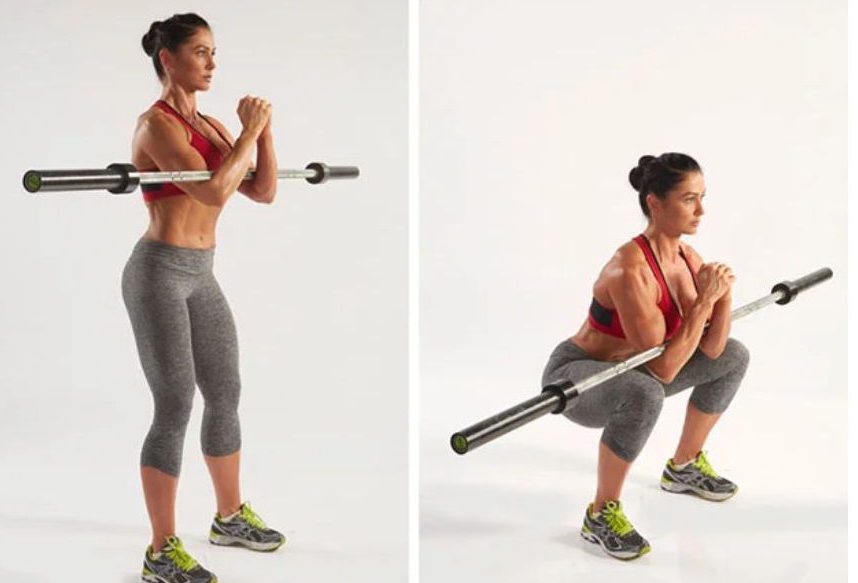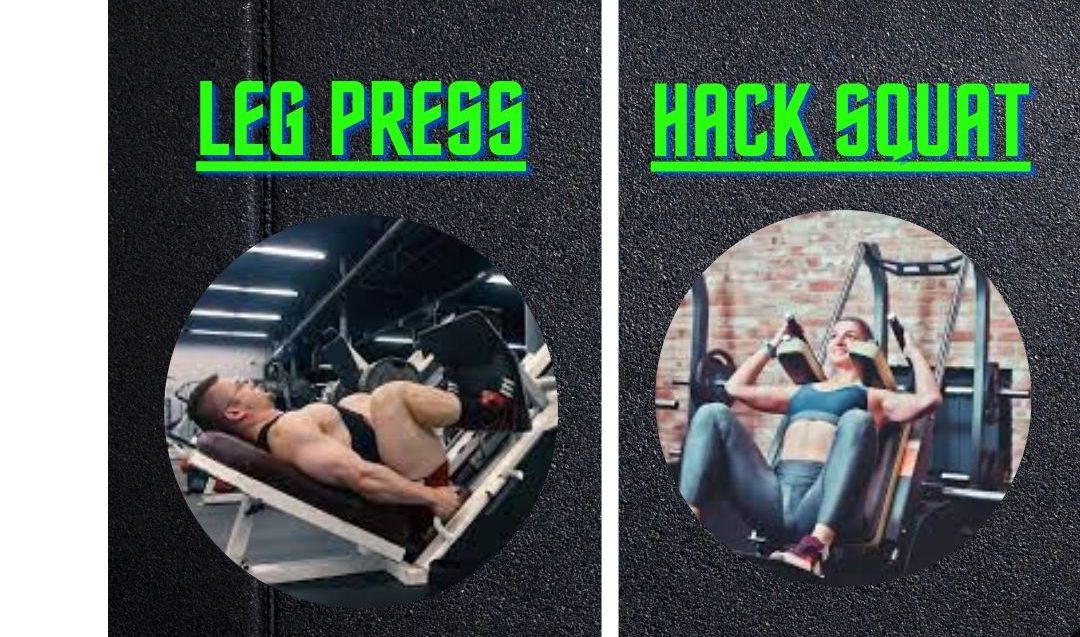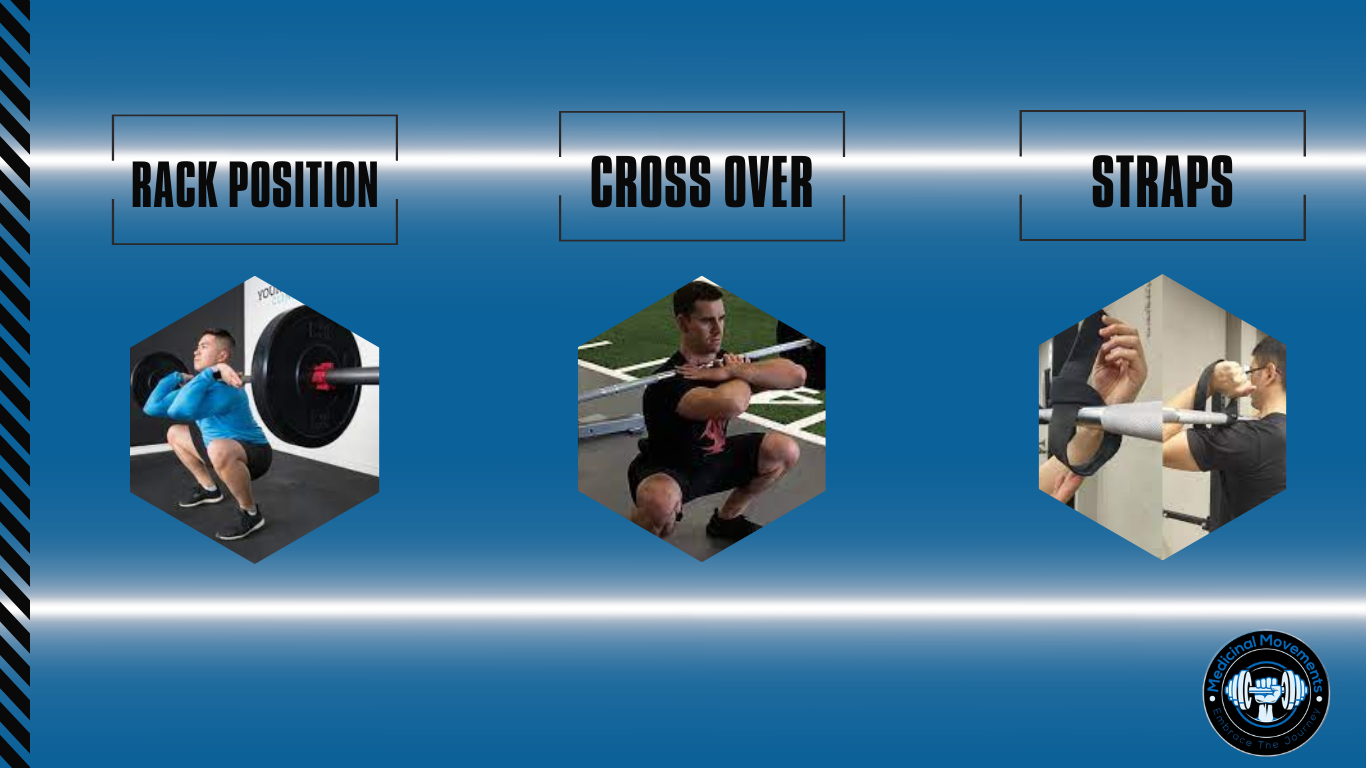How often have we seen someone in the gym with a great upper body but an underwhelming lower body? Underdeveloped legs are likely due to improper or infrequent training. Many people must correct the mistake of squatting with a wide stance and only going halfway down. I always found it interesting that people don’t have an issue with touching the bar to the chest on a bench press, but when people squat, they don’t reach max depth to reap the gains!
Don’t get me wrong, squatting this way can be great for strength training. But we are looking at squatting from a muscle-building lens. Avoiding the bottom range of motion while squatting is counter-intuitive if you want to build an aesthetic lower body.
The squats that we will look at in the article are great for building the quads and glutes. We will discuss these variations, reps, sets, and tempos to build jacked legs.
High Bar Squat
To make the squat more hypertrophic, place the bar on top of your traps, bring your shoulders down, and squeeze them together; this will keep the chest upright through the squat. Next, walk out and have your feet about shoulder width or a little wider. You can stand narrow if you want to hammer the quads. Point the feet out slightly if it’s comfortable. Slightly elevate the heels with squat shoes or stand on a couple of small plates. Doing so allows the knees to travel farther, increasing the stretch on the quads. Do not let the body lean forward or your lower back round out as you descend. Keep the hips under the chest as you come back up; the hips and chest should move in unison throughout the set. All these cues ensure no secondary muscles come in and take tension away from the quads or glutes.
Now we will look at the front squat.
Front Squat
Front squats have the same cues and technique described with high bar squats, but you now have the bar across the front shoulders—the front squat forces you to stay upright, making the quads and glutes the prime movers. Have a protruding chest with a tight back throughout the set. Ensure that you keep this form to minimize any forward-leaning. There are three ways to hold the bar with the front squat. Try the rack position if you have good upper-back/wrist mobility. However, the cross-over setup will be ideal if you have limited mobility. And if you find the cross-over grp tedious, you can use straps to hold the bar in place, similar to the rack position. We will now go over the Zercher squat.
Zercher Squat
As for the Zercher squats, All previous cues apply. The only difference in technique is the bar placement. Instead of having the bar across the shoulders, you hold it in the crook of the elbows. Holding the bar this way engages the core and helps spare the lower back from strain. The Zercher squat has more hip involvement than the previous squats mentioned. Still, the quads and glutes are the primary movers. Have a big chest as you descend into the squat, and keep the knees turning out so the elbows can clear the thighs to reach max depth. If the bar digs into the elbows, you can wrap a towel around the bar. Next, we will look into machine alternatives for the glutes and quads.

Leg presses/Hack squats
Leg presses/hack squats offer great control over a wide range of motion. This makes them ideal for building the lower body. Whichever machine you choose, avoid loading the leg presses/hack squats too heavily. Too much weight will jeopardize the form, shortening the range of motion. The same cues from the squat variations also apply here when building muscle. Having a slight arch in Arch’s lower back with a braced core, a big chest, and a tight back has you control the eccentric. Always keep your feet lower on the platform to increase the knee drive, furthering the stretch the quads need for muscle growth. Next, we will look at reps, sets, and tempo we should use to build muscle.
Reps, Set, and Tempo
2-4 sets x 8-15 reps is an ideal scheme if you want to build muscle. The tempo for anyone who wants to build muscle should go as follows: slow and controlled on the way down (you don’t need to count), and come back up as quickly as possible, maintaining the best form possible. Remember that these movements are meant to put you in a disadvantaged position, making the muscles work harder; that being said, start with a lighter load and build up your tolerance to these movements.
Final Set
Congrats on making it to the end. You are ready to implement these squat variations into your training, build muscle, and reap the benefits. Stay consistent and be patient in your fitness journey; consistency is the best exercise to get results!




